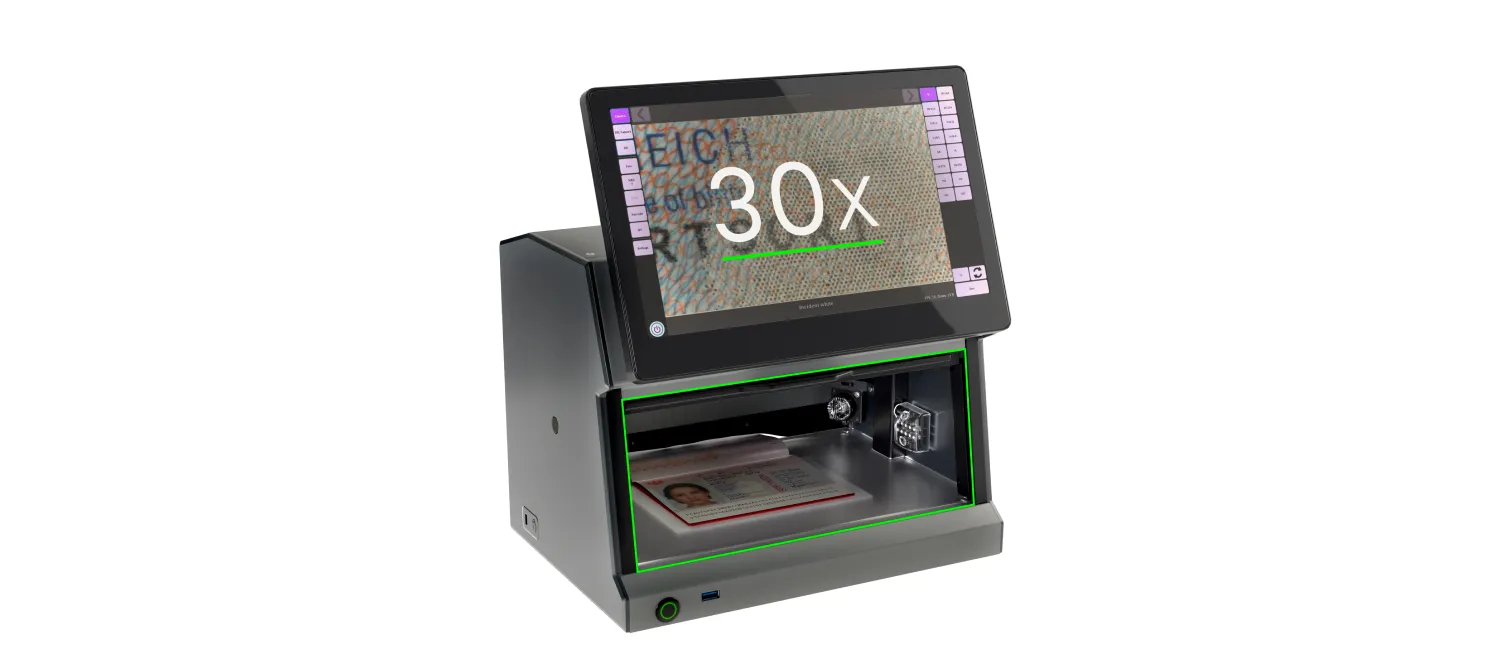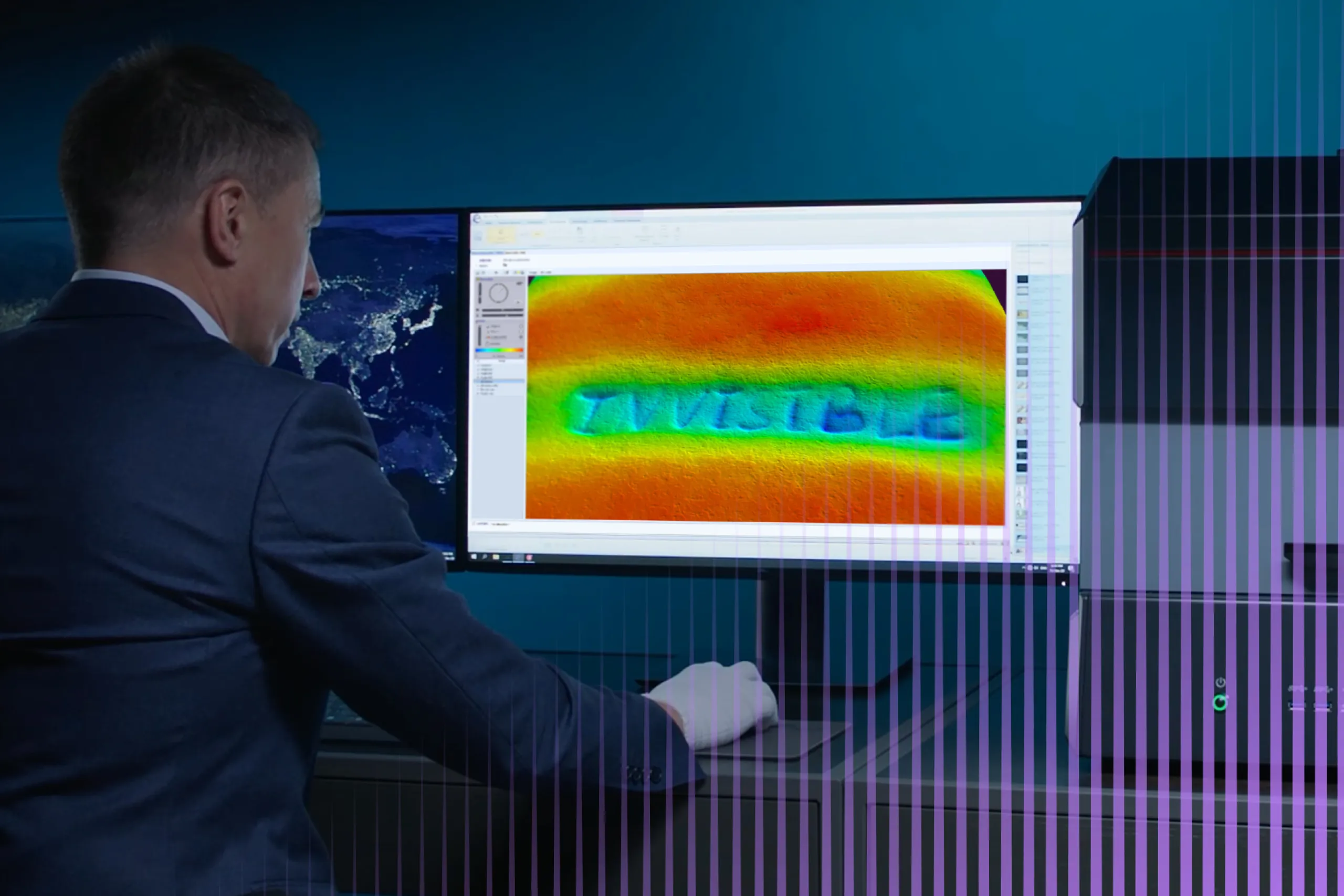If you ask a person who has no experience checking banknotes to name security features of banknotes, they will likely mention watermarks first, because they are known as public, easy checkable security features.
What is a watermark?
A watermark is a security feature created by varying the thickness of paper fibers during paper production. This variation in paper density results in an image, with darker areas containing more fibers and lighter areas containing fewer fibers.
Watermarks are among the oldest security features of banknotes and travel documents. They were first developed in about 1282 by Italian papermakers in Fabriano. Primarily, they served as “trademarks” of paper makers. The watermarking process was significantly simplified with the invention of the dandy roll by John Marshall in 1826.

Commemorative Vietnamese dong issued in 2016.
Get posts like this in your inbox with the bi-weekly Regula Blog Digest!
Diversity of watermarks
Watermark technology has been used for centuries for securing documents and valuable papers, so it’s no wonder today there are several types of these banknote security features of varying complexity. We can classify watermarks based on their location and paper tone.
According to the location:
General: An image repeated at regular intervals all over the surface, creating a pattern.
Local: An image located in a certain place.
Cornerstone®: Consists of parallel diagonal lines located in the corners of the banknote. It is specifically designed to physically strengthen the edges of the banknote or document page.
Local and Cornerstone® watermarks are widely used in banknote production. General watermarks, however, are seldom used for banknotes; they are primarily used to secure passport pages.

Lao kip issued in 1998, 2003, and 2020. The banknote contains a general watermark.
Local watermarks depict portraits, representations of local flora and fauna, banknote denominations, or objects of culture.

Japanese yen issued in 2004. The banknote contains a local watermark.
The Cornerstone® watermark was first used in 2003 and is currently used in more than 200 denominations. It was designed by the British banknote printer and papermaker De La Rue.

Cape Verdean Escudo issued in 2014. The banknote contains local and Cornerstone® watermarks.
According to the paper tone of the watermark:
Single-tone: Consists of dark OR light elements compared to the general paper tone.
Duotone: Consists of dark AND light elements compared to the general paper tone.
Multitone: Consists of dark and light elements compared to the general paper tone which gradually transform into each other.
Highlight (electrotype): Extremely light clear single-tone watermark with clear boundaries.
Combined: Combines several kinds of watermarks.

Euro issued in 2002. The banknote contains a single-tone dark watermark and a highlight watermark depicting the denomination.

Cambodian riel issued in 2002 and 2004. The banknote contains a duotone watermark.

Gibraltar pound issued in 2011. The banknote contains a multitone portrait of Queen Elizabeth II.

Commemorative Czech koruna issued in 2023. The banknote denomination is a highlight watermark.

Afghan Afghani issued in 2016 and 2022. Combined type. The banknote contains examples of dark single-tone (Cornerstone®), highlight, and multitone watermarks.
If you are interested in learning how watermarks look like on polycarbonate pages, don't hesitate to read Building Trust with Plastic: 7 Noteworthy Security Features in Modern Passports and IDs
How to check watermarks?
Since watermarks are one of the public security features of banknotes, they can be visualized without any forensic equipment: watermarks become visible when banknotes are held up to the light. But, when dealing with authenticity verification on a professional level, it’s necessary to use special forensic devices that contain varied light sources. When carrying out banknote authenticity verification, an expert needs not only to check the watermark in transmitted light, but to distinguish forgery methods and capture evidence if the watermark was forged.
Characteristics of a genuine watermark:
Clearly visible in transmitted light and almost invisible (or slightly visible) in incident light
Blurred boundaries of the image because the paper thickness changes gradually (except for highlight watermarks, which have clear boundaries)
Absence of fluorescence in UV light
Change of paper thickness where a watermark is located
If there is any doubt when examining a watermark in transmitted light, we recommend observing the banknote in ultraviolet light (UV). A genuine watermark won’t fluoresce in UV light, even though it may be slightly visible. In the majority of cases, if the watermark was imitated using inks or grease, it will fluoresce in UV.
Let’s examine the Aruban florin issued in 2019. We captured the front side of the banknote to see how the watermark area changes in different light sources.

The front side of the Aruban florin issued in 2019 in different light sources.
In the incident white light, the watermark is slightly visible. In transmitted white light, the image of the watermark becomes clearly visible. When viewed from different angles with oblique white light sources, the relief of the watermark area is noticeable due to variations in paper fiber density.
Although we can see the silhouette of a bird in the ultraviolet light, it is visible because of the thicker layer of paper fibers. If the watermark had been imitated using ink or grease, it could fluoresce or contrast against the background under ultraviolet light. Using transmitted ultraviolet light eases the process, as we can simultaneously observe the watermark image and the absence of a glow in ultraviolet light.

Zoomed-in watermark on the Aruban florin issued in 2019.
Professional tools for checking watermarks
We recommend using the Regula 4205D device for rapid but precise authenticity verification of banknotes. It has a variety of light sources (white, ultraviolet and infrared) and magnification to meticulously examine banknote security features, printing techniques, and relief.
Plus, the device can feature an integrated Information Reference System “Currency” that contains images of more than 5,000 banknotes, both in circulation and outdated. These images captured in different light sources can be used as reference images during banknote examination and assist in detecting questionable areas.

The Regula 4205D features 12 light sources for multi-level inspection, 30x on-screen magnification, a 11.6 inch screen, and a built-in PC.
If you are interested in learning about more banknote security features and how to check them, don’t hesitate to subscribe to our blog.





